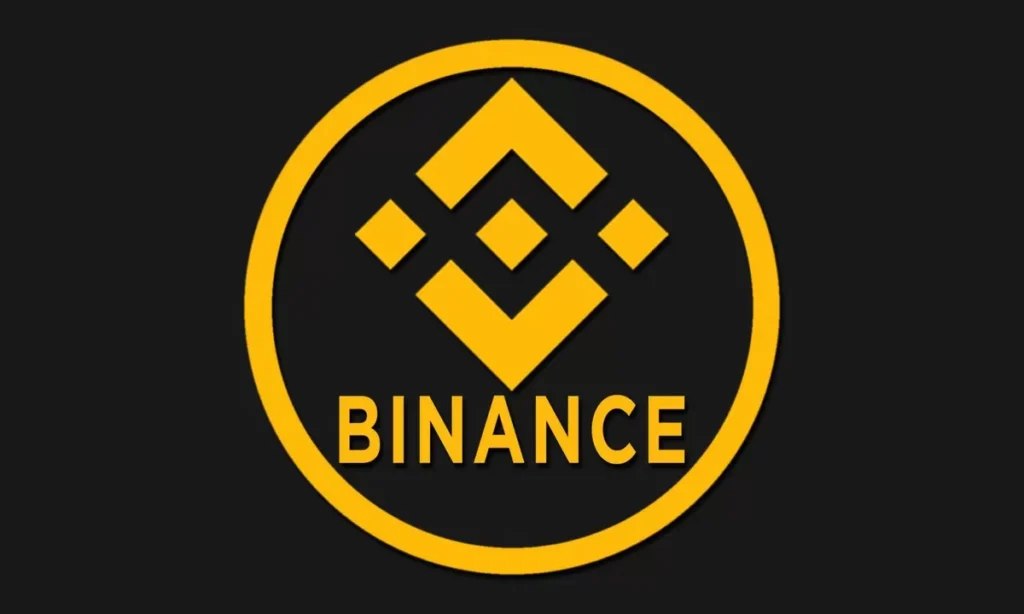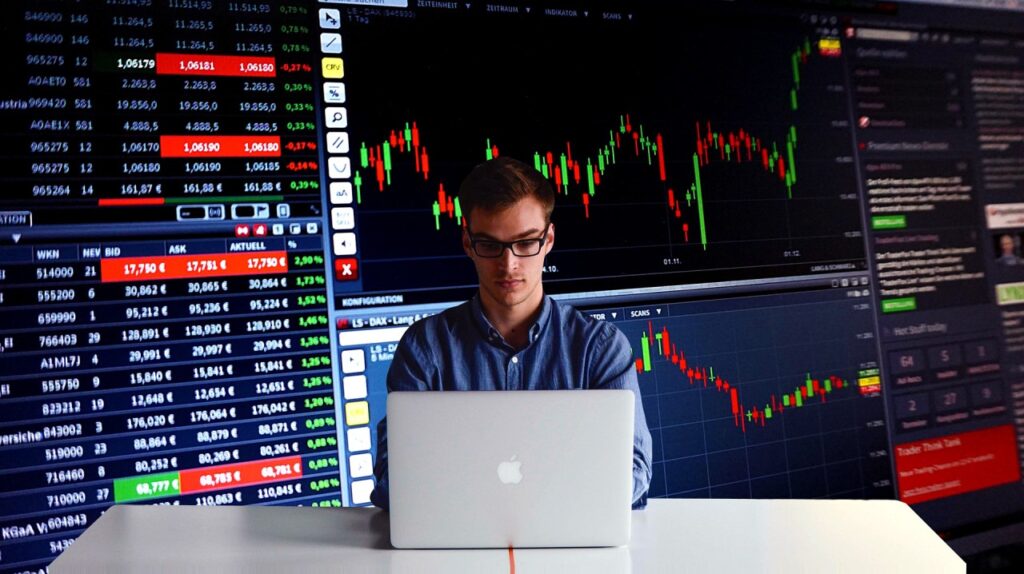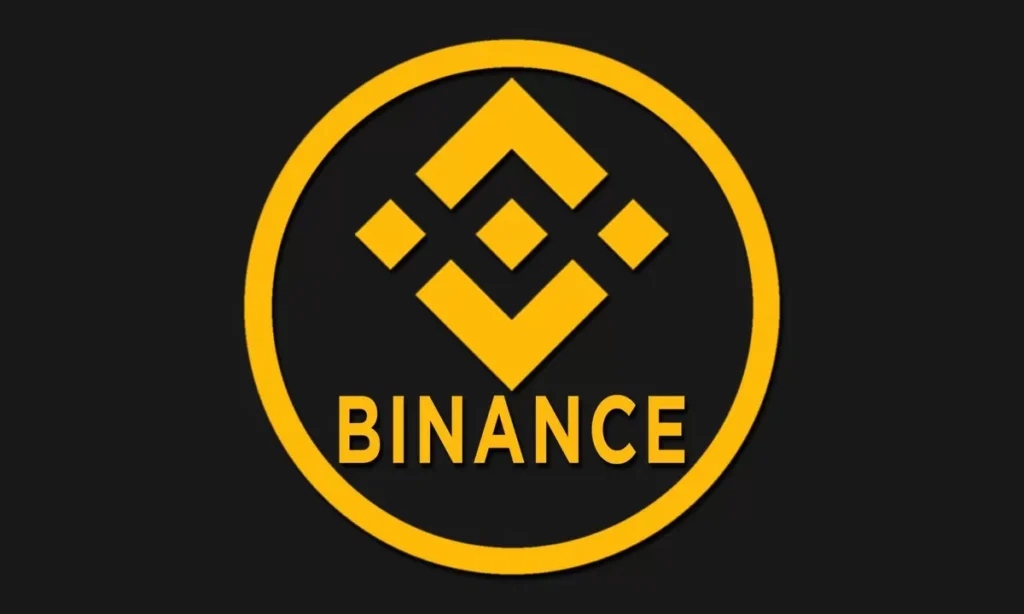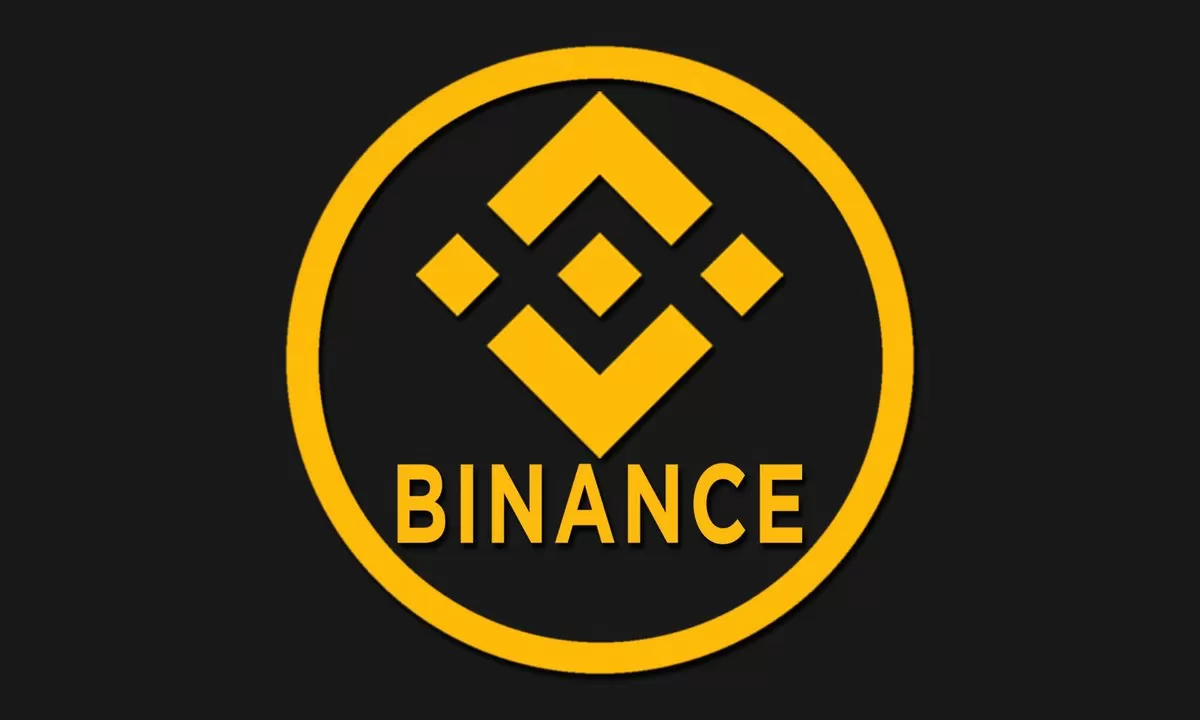Introduction to Binance
Binance is one of the world’s largest and most popular cryptocurrency exchanges. Founded in 2017 by Changpeng Zhao, it has grown to dominate the global market with millions of active users. The platform offers a wide range of features, including trading, staking, and earning interest on digital assets. However, with its immense popularity comes the critical question: Is Binance safe or not? Understanding the security measures and the challenges Binance faces is essential for anyone considering using the platform.

Binance’s Security Features
One of Binance’s strongest selling points is its robust security framework. The platform employs a range of security features designed to protect user accounts and assets. Two-Factor Authentication (2FA) is a key measure, ensuring that users need more than just a password to access their accounts. Secure Asset Fund for Users (SAFU) is another important feature. This insurance fund, established in 2018, is a reserve set aside by Binance to protect users in the event of a major security breach.
Binance also utilizes advanced encryption mechanisms to secure transactions and user data. With all these features, Binance has managed to build a reputation as a secure platform for trading and storing cryptocurrency.
Binance’s Regulatory Challenges
Despite its strong security, Binance has faced numerous regulatory challenges around the world. In countries like the United States and the United Kingdom, regulators have scrutinized Binance’s operations, leading to temporary restrictions or outright bans in certain areas. Binance’s approach to global regulations and compliance has been a contentious issue, with the platform often accused of not adhering to local laws.
These regulatory issues can have an indirect impact on user safety, particularly in regions where Binance faces legal action. While Binance claims to be working on improving its compliance with various jurisdictions, users must be aware of the evolving regulatory landscape.
Binance Account Protection
To enhance personal safety, Binance provides several tools for users to protect their accounts. The first step is securing your account with a strong password and enabling Two-Factor Authentication (2FA). Additionally, Binance encourages users to be vigilant about phishing attempts. Hackers often use deceptive emails or websites to trick users into providing their login information.
Using a password manager is also recommended to ensure that passwords remain secure and aren’t reused across multiple platforms. Binance offers tools to alert users about any unusual account activity, providing an extra layer of protection.
Binance’s Insurance and SAFU Fund
The Secure Asset Fund for Users (SAFU) is Binance’s answer to potential hacks and security breaches. This insurance fund sets aside a portion of trading fees to cover user losses in the event of an attack. In the past, Binance has been able to recover assets for users through SAFU, proving its commitment to safeguarding customer funds.
While the SAFU fund is a positive feature, it’s not foolproof. Users should still take personal responsibility for securing their accounts to avoid relying solely on Binance’s insurance mechanisms.
Hacking Incidents on Binance
Like most major platforms, Binance has experienced its share of hacking incidents. The most notable attack occurred in 2019 when hackers stole over $40 million worth of Bitcoin. Binance responded swiftly by halting withdrawals and replenishing user accounts using the SAFU fund.
Following this incident, Binance significantly upgraded its security infrastructure, incorporating advanced technologies like AI-based risk detection. The platform has not experienced any major breaches since, but the event serves as a reminder that no platform is completely immune to attacks.
KYC and AML Policies on Binance

To combat illegal activities like money laundering, Binance implements strict Know Your Customer (KYC) and Anti-Money Laundering (AML) policies. These policies require users to verify their identities, which also enhances security by preventing unauthorized access to accounts.
While some users find KYC cumbersome, it’s a necessary step to ensure the integrity of the platform and the safety of its users. AML compliance is particularly important for preventing the exchange from being used for illicit purposes, which could lead to regulatory crackdowns that impact all users.
User Experience and Binance Safety
For beginners, Binance offers an intuitive interface with several layers of protection. The platform features guided onboarding, ensuring that new users set up security measures like 2FA before trading. Binance also has helpful tutorials and resources to make sure users know how to navigate the platform securely.
However, users must take personal precautions, such as avoiding public Wi-Fi and enabling extra security features. While Binance provides robust tools, users play a key role in ensuring their own safety.
Binance and Crypto Volatility
Cryptocurrency markets are known for their volatility, and Binance is no exception. During times of extreme market fluctuations, some users have reported difficulties with withdrawals or accessing their accounts. Binance has liquidity mechanisms in place to handle high trading volumes, but the platform cannot guarantee financial safety in highly volatile market conditions.
Traders should be aware of the risks associated with using Binance during market crashes and have contingency plans in place.
Binance’s Mobile App Security

The Binance mobile app is one of the most popular ways to trade on the go. The app offers several security features, such as biometric authentication (Face ID, fingerprint) and PIN protection. These measures ensure that even if a phone is lost or stolen, unauthorized access to the app is difficult.
Despite these features, users should still exercise caution by setting up additional layers of security, such as encryption or remote wipe options in case of device theft.
Binance’s Withdrawal Security
To protect users during withdrawals, Binance employs withdrawal limits and requires users to confirm their identity through email or SMS verification. For larger withdrawals, the platform offers additional layers of protection, such as a mandatory waiting period.
These precautions are essential for preventing unauthorized withdrawals from compromised accounts, and users are advised to regularly review their withdrawal settings to ensure they’re up to date.
Binance for Institutional Investors
Institutional investors on Binance are provided with enhanced security measures, including **high-level encryption and dedicated account managers to monitor large transactions. Binance also offers whitelisted withdrawal addresses and API management for institutions, which allow for greater control over asset security.
These features ensure that institutional investors, who handle high-volume trades, have more protection against potential threats, including internal fraud or external hacking attempts. Binance has made significant strides in providing institutional-grade security, making it a strong option for large-scale investors looking for a secure platform.
Binance’s Reputation in the Industry

Binance has established itself as one of the most reputable platforms in the cryptocurrency world. Its fast growth and innovation have made it a top choice among traders. However, its reputation has faced scrutiny due to regulatory issues and concerns over compliance in different countries.
Despite this, user reviews and industry feedback generally highlight Binance as a secure, user-friendly, and innovative platform. Many users praise Binance for its extensive features and the security protocols it has in place, though some remain cautious due to the ongoing regulatory battles.
Overall, Binance remains a strong contender in the cryptocurrency space, especially when compared to competitors like Coinbase and Kraken, both of which have different regulatory stances but comparable security features.
Binance Alternatives and Their Safety
If you’re concerned about Binance’s safety or regulatory issues in your country, it’s worth exploring alternatives such as Coinbase, Kraken, or Gemini. These exchanges also offer robust security features, including cold storage, multi-signature wallets, and advanced encryption.
Each platform has its own strengths. For instance, Coinbase is highly regarded for its compliance with U.S. regulations, while Kraken is known for its strong security measures. However, Binance typically offers lower fees and more features, which may appeal to users willing to trade off certain regulatory assurances for these advantages.
Ultimately, whether you stick with Binance or explore alternatives depends on your personal risk tolerance and the specific features you’re looking for in an exchange.
Conclusion: Is Binance Safe or Not?
In conclusion, Is Binance safe or not? Based on the extensive security measures, including 2FA, the SAFU fund, encryption, and robust KYC and AML compliance, Binance has proven itself as a generally safe platform. However, the exchange is not without risks, especially given its regulatory challenges and the volatile nature of cryptocurrencies.
For most users, Binance is a secure choice, especially if they follow best practices for securing their accounts. While no platform is entirely immune to hacking or legal complications, Binance continues to improve its security infrastructure, offering users a high level of protection. Ultimately, the decision comes down to personal risk assessment, but Binance’s track record, security features, and industry reputation suggest it remains a viable and secure option for cryptocurrency trading.
FAQ’s
Is Binance safe for beginners?
Yes, Binance provides a user-friendly interface with security features like Two-Factor Authentication (2FA) and account protection. It also offers educational resources to help beginners understand how to trade safely.
What happens if Binance is hacked?
In the event of a hack, Binance has the Secure Asset Fund for Users (SAFU), which is an emergency insurance fund designed to cover user losses. This fund was used successfully during the 2019 hack.
Is Binance regulated?
Binance operates in many countries but has faced regulatory challenges in some regions. The platform is working to improve compliance with local laws, but users should be aware of potential restrictions depending on their location.
Can I trust Binance with large sums of money?
Binance offers institutional-grade security for large investors, including enhanced protection measures like whitelisted withdrawal addresses and API management. However, as with any platform, users should assess their risk and take additional precautions.
Is Binance a good choice compared to Coinbase or Kraken?
Binance offers lower fees and a broader range of features than many competitors, but Coinbase and Kraken are known for strong regulatory compliance. The best choice depends on your priorities regarding fees, features, and regulatory assurance.
Is the Binance mobile app secure?
Yes, the Binance mobile app includes features like biometric authentication and PIN protection to safeguard user accounts. It’s generally considered safe for on-the-go trading.
Is it safe to use Binance’s mobile app?
The Binance mobile app offers several security features such as PIN codes, biometric authentication (Face ID, fingerprint), and 2FA, making it a safe option for trading on the go.
Can Binance freeze my account?
Yes, Binance can freeze accounts that are flagged for suspicious activity or if the platform is required to comply with local laws and regulations.
How can I secure my Binance account?
o secure your account, enable Two-Factor Authentication (2FA), use a strong password, and be cautious of phishing attempts. Binance also offers features like withdrawal address whitelisting and account activity notifications.
